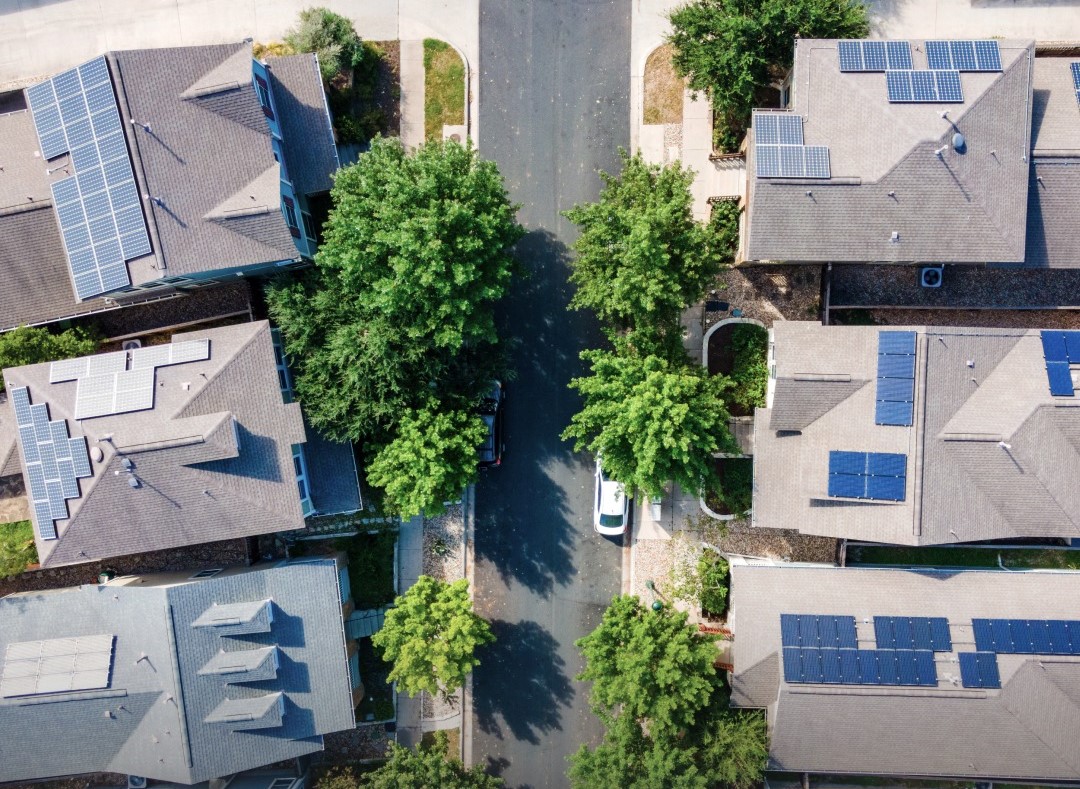SA Power Networks (SAPN) will lead a $2.1 million (USD 1.4 million) trial that will look to refine the technology and stakeholder engagement mechanisms that will enable dynamic solar exports to the grid, potentially ending export limits in rooftop solar rich parts of the state’s network and in other jurisdictions across the National Electricity Market (NEM).
With data from industry consultancy SunWiz showing 45% of South Australian dwellings host solar power systems, rooftop PV is the largest generator in the state but most systems are not currently equipped to communicate directly to a network or respond to market signals.
SAPN said it will work with Simply Energy and AGL to change that, with the retailers to develop and trial new incentives that reward customers for enabling their existing rooftop solar systems to be responsive to wholesale energy market pricing.
The trial, backed by $1.02 million in funding from the Australian Renewable Energy Agency (ARENA), will focus on two new technical options for the integration of retailer signals with distribution network service provider’s dynamic operating envelops in order to reduce the load on the grid during busy periods, lowering peak demand and moving energy loads to when there are high amounts of renewable energy.
AGL and Simply Energy will each demonstrate and test the commercial application of two respective technical models. By developing a retail product and enrolling 50 customers each, they will provide incentives for customers for reducing their solar exports in response to market price signals.
The project will test the market design and technical solutions, as well as address cyber security concerns. The ability for the two models to work concurrently allowing for alternate operational approaches by retailers will also be examined.
Mark Vincent, SAPN’s executive general manager of strategy and transformation, said a key focus of the project will be on helping inform design of the integration between these new customer offers and SAPN’s flexible export connections for rooftop solar.
The flexible export technology, which is to be progressively rolled out as a standard service offering from July 2023, requires all new solar systems to be capable of remotely updating their export limits – a capability that will be built into inverters.
South Australian rooftop solar owners can currently export 5 kW of electricity to the grid but the new inverter standards will give households the option to export up to 10 kW, in return for allowing the network operator to remotely curtail those export limits to manage grid stability.
“SA Power Networks has been working across the energy sector with inverter manufacturers, solar companies, energy retailers and regulators to develop a smart way to allow even more solar on our network so that everyone can benefit from the availability of cheaper daytime energy,” Vincent said.
“In the longer run, we are enthusiastic about how customers can benefit from actively participating in the energy market and assist in managing the peaks and troughs of demand.”
“This trial is a crucial step in understanding how we can take that next step.”
ARENA Chief Executive Officer Darren Miller said the smart management of rooftop solar is a potential long-term solution to increasing amounts of renewable energy entering the market.
Miller indicated that if successful, the solutions developed during the South Australian trial could be adopted in other states in the NEM and potentially unlock wholesale market and network benefits.
“SA Power Networks’ project represents a small, but focused trial that will help inform the design of future mechanisms for the orchestration of rooftop solar PV as well as other customer owned energy assets,” he said.
“This will highlight how Australia’s growing solar PV capacity can be managed in a way that delivers state-wide benefits.”
AGL Chief Customer Officer Jo Egan said the company’s involvement in the project will allow it to explore how customers could be rewarded for enabling access to their solar system.
“Flexible export limits for distributed energy resources will be one way to manage constraints and optimise available capacity,” she said. “This will ultimately give customers new incentives and access to solutions that continue to decarbonise how we live.”
ARENA said the final details of the SAPN project are currently being developed and field trials are expected to commence later this year with the project expected to be completed November 2024.
This content is protected by copyright and may not be reused. If you want to cooperate with us and would like to reuse some of our content, please contact: editors@pv-magazine.com.









1 comment
By submitting this form you agree to pv magazine using your data for the purposes of publishing your comment.
Your personal data will only be disclosed or otherwise transmitted to third parties for the purposes of spam filtering or if this is necessary for technical maintenance of the website. Any other transfer to third parties will not take place unless this is justified on the basis of applicable data protection regulations or if pv magazine is legally obliged to do so.
You may revoke this consent at any time with effect for the future, in which case your personal data will be deleted immediately. Otherwise, your data will be deleted if pv magazine has processed your request or the purpose of data storage is fulfilled.
Further information on data privacy can be found in our Data Protection Policy.